Welcome to the world of mugi shochu, a traditional Japanese spirit with a rich history and a unique characteristic that we’re about to explore in this article. So, what kind of liquor is this in the first place, and what kind of charm does mugi shochu have? This time, we will introduce the basic knowledge of shochu, the characteristics of this type of shochu, and how to drink it.
What is Mugi Shochu?
Intro about Shochu
Before we dive into what sets barley shochu apart, let’s begin with the basics: what exactly is shochu?
In Japan, there exist two traditional types of alcoholic beverages: “sake” and “shochu.” The primary distinction between them lies in their production methods. Sake, also known as “brewed sake,” is created through the fermentation of raw rice, followed by pressing. On the other hand, shochu is a “distilled liquor” made by fermenting various raw materials such as wheat, rice, and potatoes before undergoing distillation. While “brewed sake” derives its flavor directly from rice and is pressed as is, “distilled liquor” undergoes a distillation process.
Shochu can be categorized into two groups based on the distillation technique: “single distilled shochu” and “continuous distilled shochu.” Barley shochu falls under the single distilled category, utilizing a single distillation process resulting in an alcohol content of 45 degrees or less. This method preserves the distinct aromas and flavors of the raw materials. When specific ingredients like wheat, rice, or potatoes are employed for single distilled shochu, it is referred to as “honorable shochu.”
Conversely, “continuous distilled shochu” is produced through an ongoing distillation process, yielding an alcohol content of less than 36 degrees. This variety of shochu boasts a clear and mild flavor, making it a popular choice for crafting fruit-infused beverages like chuhai and plum wine.
To find details about Shochu, click here.
What is Mugi Shochu?
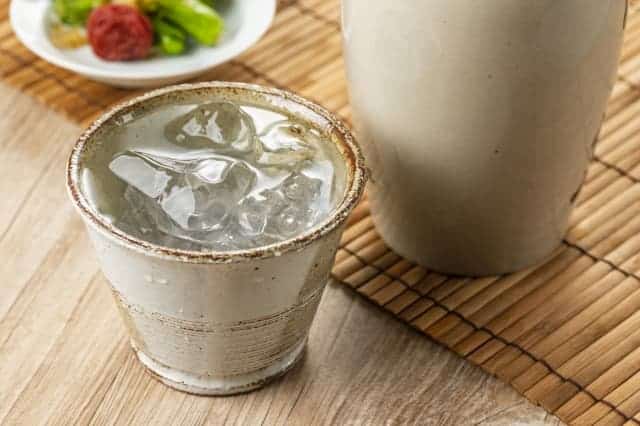
Mugi shochu (or barley shochu) is one of the top three shochu types, alongside potato shochu (imo shochu) and rice shochu (kome shochu). The ingredients used to make mugi shochu are “barley,” “koji,” and “water.”
Main production areas
Barley shochu, primarily made from barley, finds its production centers in Iki Island and Oita Prefecture in Nagasaki Prefecture, attracting attention for its diverse flavors. Iki Island, often regarded as the birthplace of barley shochu, produces “Iki Shochu,” recognized as a “geographical indication” by the WTO. Oita Prefecture, on the other hand, is known for its lighter barley shochu brands such as “Oita Mugi Shochu Nikaido” and Sanwa Shuzo’s “Iichiko.”
“Iki Shochu” stands out for using rice as the koji raw material and blending wheat and rice koji in a 2:1 ratio, capitalizing on Iki’s abundant grain resources. In contrast, “Oita barley shochu” mainly relies on barley koji, with the emergence of 100% barley shochu in the 1970s, which drove the second shochu boom in the 1980s. The appeal of barley shochu lies in its fruity aroma and crisp taste, making it a popular choice for beginners due to its approachable nature and affordability.
Featured flavors
“Iki Shochu” with rice koji offers a delightful combination of soft rice sweetness and barley aroma, while “Oita barley shochu” with barley koji boasts a refreshing, wheat-centric taste. Both types complement a wide range of dishes, making them versatile food-friendly liquors. Among mugi shochu, the “barley chocolate type” explores the barley aroma and has attracted a loyal following.
Ingredients of Mugi Shochu
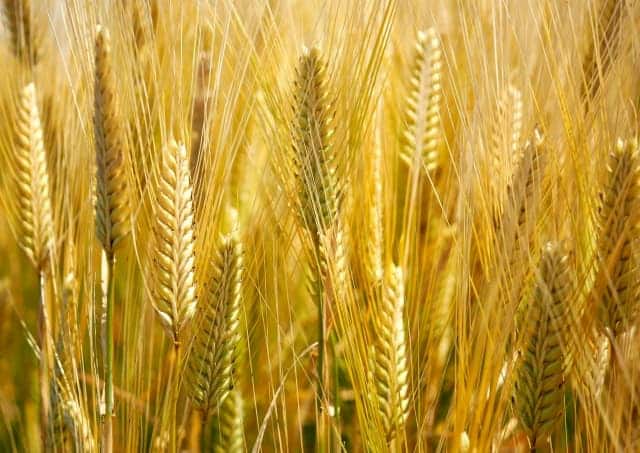
Barley
Kyushu is a thriving hub for real shochu production, boasting around 300 distilleries scattered throughout the region. These distilleries craft shochu with unique flavors using the bountiful crops grown locally. The diverse ingredients found here are a key attraction of genuine shochu, closely intertwined with the local culture.
Oita Prefecture, home to Sanwa Shurui, is historically known for its active barley cultivation, making it a natural birthplace for barley shochu production. “Nijo barley” is the barley of choice for making mugi shochu and is also a raw material for beer and whiskey. Remarkably, you can produce about 1.8 liters of barley shochu with an alcohol content of 25 degrees from just 1 kilogram of barley.
Koji
“Koji” is a product that fosters koji mold in grains like wheat and rice. This mold does something pretty cool – it transforms the starch in these grains into sugar. Shochu molasses is made by taking that sugar and turning it into alcohol with the help of yeast. Moreover, koji teams up with yeast to create a range of savory and aromatic elements, adding depth to the flavor of shochu.
When it comes to “Iichiko,” a type of barley shochu, they use “barley koji.” This means they add koji mold to steamed Nijo barley to create barley koji, which plays a crucial role in the production of this particular shochu.
Water
The saying “where there is famous water, there is famous sake” rings true when it comes to crafting delicious barley shochu. Similar to numerous sake breweries located near rivers boasting excellent water quality and ample water resources, the “Iichiko” production site rests in a natural setting, making use of gentle, high-quality groundwater in its processes. This groundwater exhibits a “slightly soft” characteristic, with a hardness level of around 60 mg/l.
This type of water is ideal for sake production, containing lower levels of “iron,” “manganese,” and “organic matter,” which can be detrimental to shochu production. Instead, it’s rich in mineral components that nourish the yeast during the fermentation process, contributing to the high quality of the final product.
The differences between Mugi Shochu and Whiskey
Maturation method
Whiskey and barley shochu, both primarily barley-based distilled liquors, exhibit variations in their maturation methods. Whiskey matures in wooden barrels, gaining an amber color and unique flavors during this aging process. It begins as a clear and transparent liquid. On the other hand, barley shochu adheres to strict regulations preventing it from taking on an amber hue akin to whiskey. Consequently, it usually matures in stainless steel tanks or ceramic vessels, as opposed to wooden barrels.
Manufacturing process
Whiskey and barley shochu both use barley as their main ingredient, and they follow a similar production process with common stages such as saccharification, fermentation, distillation, and aging. However, what distinguishes them are the choices in maturation methods and ingredients used in the saccharification process.
Enzymes and ingredients
One notable distinction between whiskey and barley shochu centers around their saccharification processes. Whiskey employs “malt” enzymes obtained from sprouted barley, which activate the natural enzymes within the barley through germination. In contrast, shochu is guided by different regulations, specifically the Liquor Tax Law, which prohibits the use of sprouted grains in its production. As a result, shochu relies on “malt” enzymes, known as koji, for saccharification. This difference between “malt” and “malt” has a considerable impact on the flavor profiles of whiskey and shochu.
History
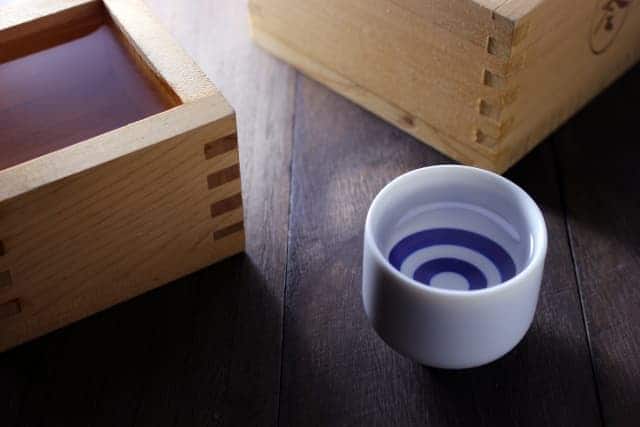
History of Shochu
Shochu production in Japan has a rich history, with distillation technology introduced in the mid-Muromachi period (15th century). The term “shochu” emerged in the mid-16th century, with the earliest documented mention in 1546, suggesting that the techniques were likely transmitted to Kyushu during the 16th century.
From the Muromachi period to the Meiji period, shochu production in Japan involved single distillation, specifically Otsu-rui shochu, distilled only once using a “Randaki” or Kabutama-style shochu distiller.
In 1826, during the Edo period’s end, Scotland’s Robert Stein developed a prototype, leading to the invention of the “continuous distiller” in 1830, improved and developed by Enius Cafe in Ireland, and patented. This innovation allowed for mass production of whiskey.
Subsequently, the Ilges continuous distiller, enhanced in England, was imported to Japan in 1895. This continuous distiller facilitated the extraction of pure alcohol without impurities, giving rise to Ko-class shochu.
History of Mugi Shochu
Introduction of Shochu to Japan
Shochu made its way to Japan over 500 years ago, marking the starting point for the history of barley shochu. Its origins are diverse, with potential influences from Thailand to Ryukyu (Okinawa), Korean distilled liquor, and even piracy in southern China. The oldest known mention of “shochu” dates back to 1559 in Kagoshima Prefecture.
The Birth of Barley Shochu
Around the 16th century, barley shochu emerged, with production commencing on Iki Island in Nagasaki Prefecture. Back then, people used to use rice and wheat as nengu, a form of taxation. Barley was excluded from nengu, leading to its surplus use as a staple for shochu production. During this time, people also began to use for koji production during this time.
Evolution of Barley Shochu Ingredients
The history of authentic barley shochu is relatively recent. Its manufacturing techniques are akin to other spirits like Awamori, Kasutori Shochu, Ameya Shochu, and rice shochu. However, the choice of raw materials and koji has evolved over time. Initially, barley shochu was made by mixing barley with wheat koji. In the Meiji period, rice was introduced to koji production, gradually expanding its use. Black koji was introduced in Iki in 1941, significantly transforming shochu preparation. Iki barley shochu earned a geographical indication designation from the WTO in 1995, defining “Iki shochu” as “two-thirds barley and one-third rice malt.”
Mugi Shochu FAQ
- What is the main difference between atmospheric pressure distillation and decompression distillation in shochu production?
Atmospheric pressure distillation retains the raw material’s characteristics and flavors, while decompression distillation produces a soft aroma and a clean, impurity-free taste in shochu.
- How does the aging process affect the characteristics of shochu?
Aging shochu for 1-3 months after distillation can help mellow the spirit, reduce any gas-like odors, and create a smoother, more aromatic drink. Longer aging periods can further deepen the richness of the shochu.
How to make Mugi Shochu?
Begin by cultivating koji, using barley and rice, with spring koji bacteria. This step is essential for saccharification, and each brewery has its own methods.
Steam barley and rice for about an hour to prepare for koji production. After steaming, koji bacteria are introduced to the grains.
The koji-making process typically involves induction, spreading and mixing (known as “床 momi”), cutting back, serving, temperature adjustment (“仲 job”), and final work.
Combine the prepared koji with water and the main ingredients (barley, rice, or potatoes) to create “primary moromi.” This mixture ferments for 5-7 days, fostering the growth of high-purity yeast, enzymes, and citric acids.
Mugi shochu is distilled using the single distillation method, which includes atmospheric pressure distillation and decompression distillation techniques. Atmospheric distillation retains the raw material’s characteristics, while decompression distillation yields a soft aroma and a clean taste, free of impurities.
After distillation, shochu is stored and aged for 1-3 months, with the choice of container influencing the final product’s characteristics. Stainless steel tanks, turtle shells, and barrels are commonly used.
Blending involves mixing aged undiluted shochu with other tank shochu. Water is added to adjust the alcohol level, and filtration is employed to remove impurities and stabilize the sake’s quality.
Shochu is bottled in various sizes, ranging from 1-sho bottles to small ones. The final product is ready for distribution and consumption.
Restaurants/ Stores
IMADEYA GINZA
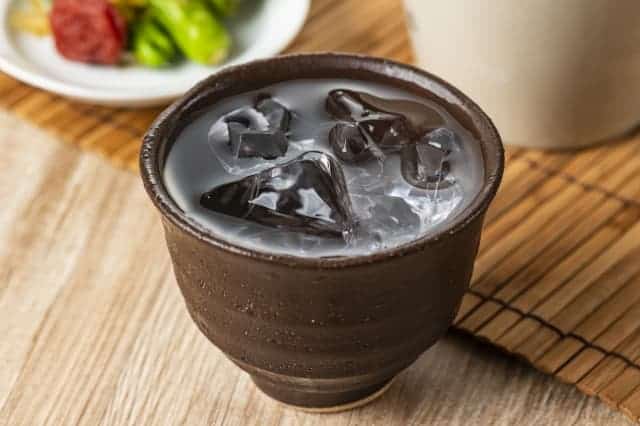
“IMADEYA GINZA” in GINZA SIX at Ginza 6-chome is a place for anyone who loves Japanese liquor culture. We have a great selection of Japanese sake, wine, craft shochu, gin, and special vessels. Our store connects makers and customers from all around the world. It’s a place to enjoy and share the art of liquor-making and create a bright future. Come visit us on the 2nd basement floor of GINZA SIX.
Online store
For those who want to order or buy Mugi Shochu in Japan, you can mail it to your home online on Rakuten. You can check out some shops that sell them via Rakuten by clicking below.
And for those who want to order or buy but live away from Japan. You can ship them from Rakuten by following the steps below. Rakuten offers International Shipping Service, so do not worry about how to receive your items. Rakuten Global Express is an online shopping service that allows users to shop at stores in Japan.
Sign up
First, you need a Rakuten ID. If you are already a Rakuten member, you can start using Rakuten Global Express. If you have not registered yet, click here.
Get your personal RGX address
After signing up, you will get a Japanese address: a Rakuten Global Express address.
Shop at stores in Japan
Now that you get yourself a personal RGX address (Rakuten Global Express address). You can shop online in Japan, click here to shop for Ochazuke (not only Rakuten but other online stores are also included).
When you have decided on your items, set the delivery address to your Rakuten Global Express address.
Confirm items
After items are shipped to the RGX address, they will be packed into one package. You also receive an email upon confirming these items and payment.
Once the payment is confirmed, your package will be delivered within a designated period depending on your shipping choice.
Takeaway
In this article, we learned about barley shochu, a unique Japanese spirit. Barley shochu is single distilled and carries the distinct flavors of its raw ingredients. With an alcohol content of 45 degrees or less, it’s known as “honorable shochu.” In contrast, continuous distilled shochu offers a milder flavor. You can explore these options in specialty stores, liquor shops, or online. So, why not begin your shochu journey today? Cheers!
Find more about Japanese drinks belowï¼

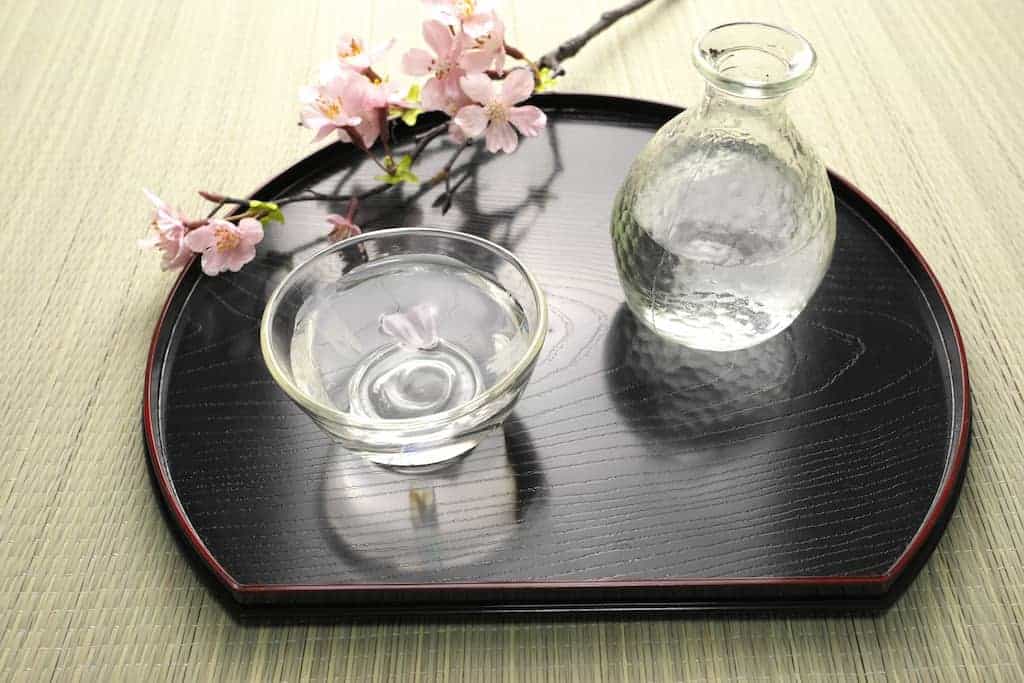
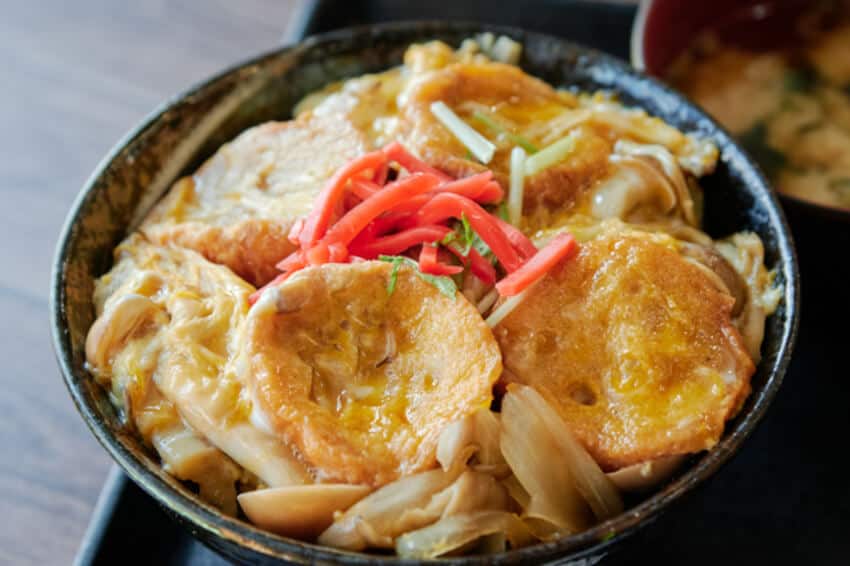
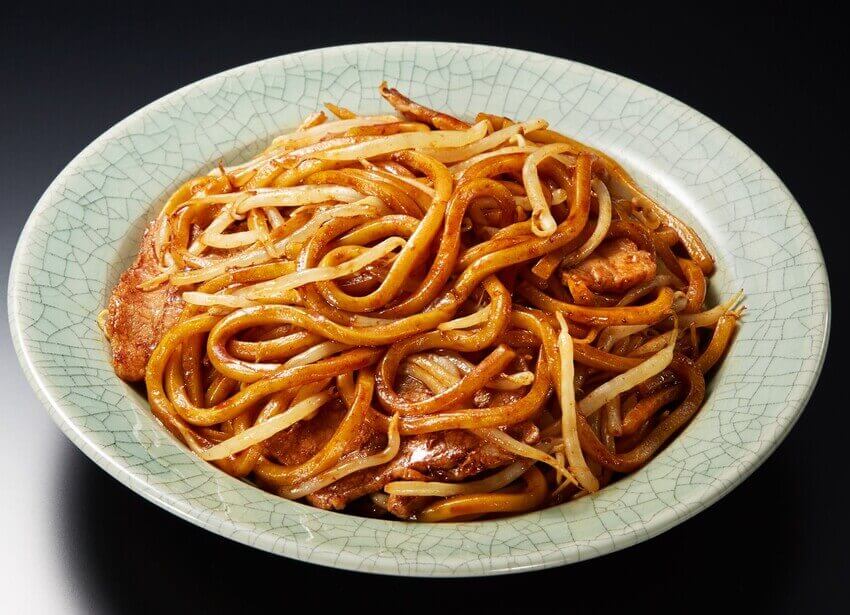




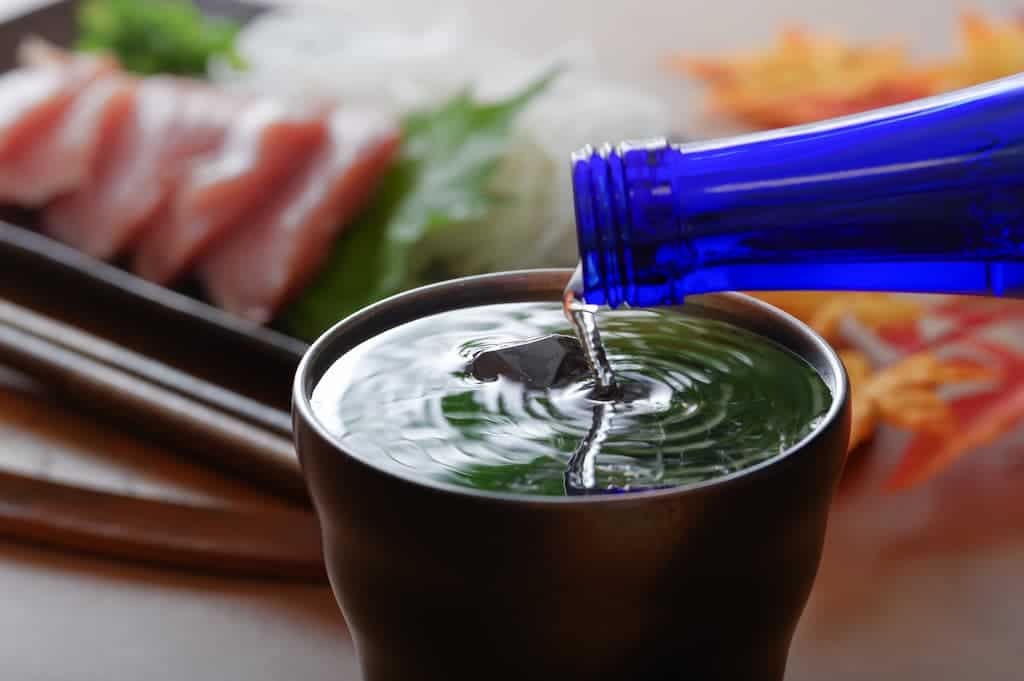
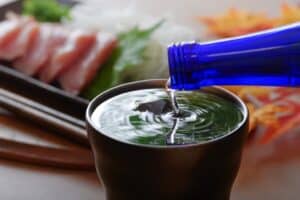
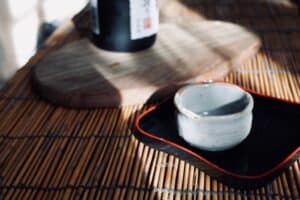

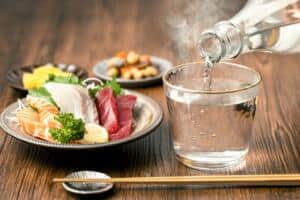
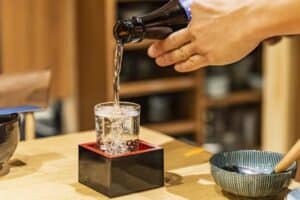
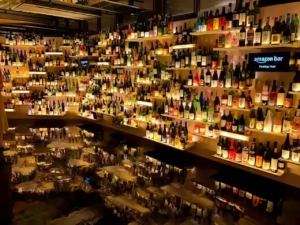



Comments